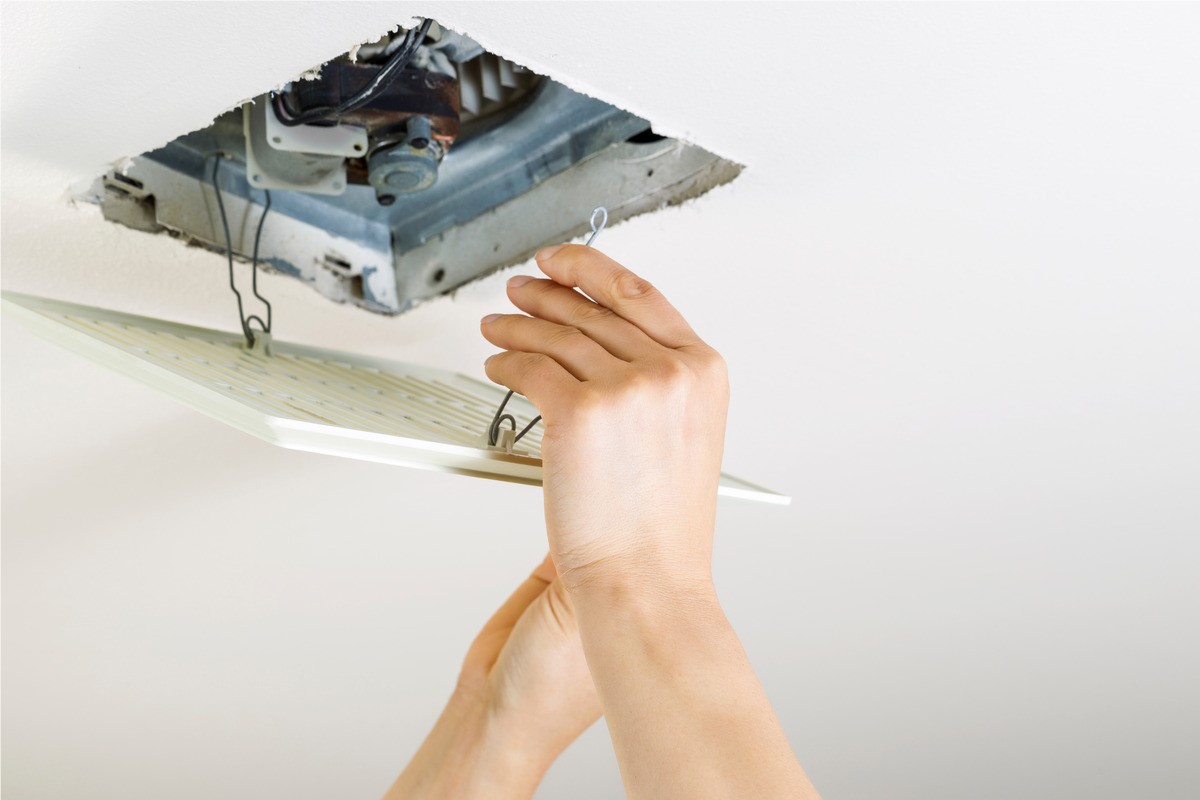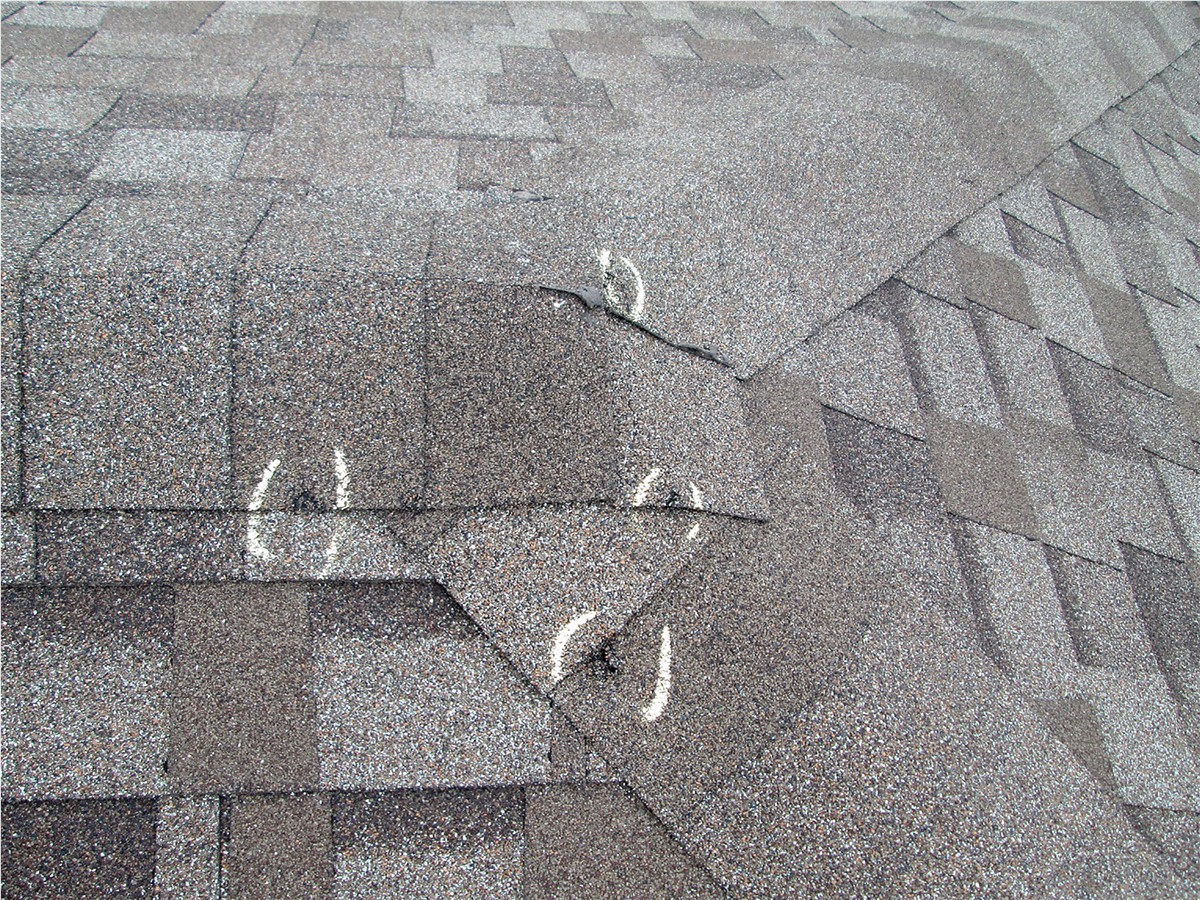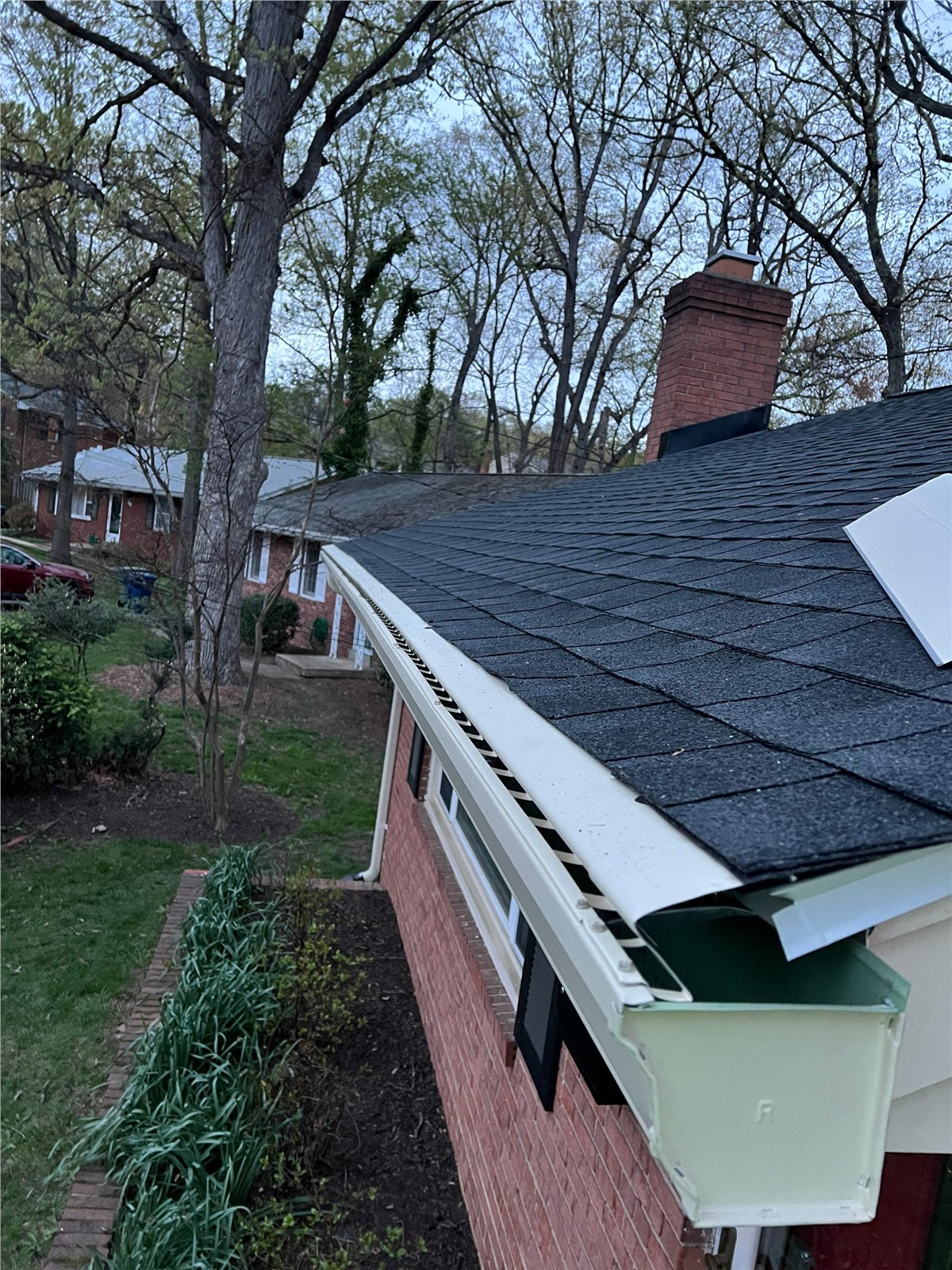
Here at Shanco we've seen our fair share of bathroom exhaust challenges – it's a common issue that many homeowners face. We get it, and we're here to help you navigate through it. Some of the problems we tackle stem from myths about attic ventilation and the tricky path that hot, humid bathroom air needs to take. Trust us; ignoring these issues can lead to major headaches down the road.
In today's blog post, we want to share some insights with you. Shanco is here to guide you on the right path for exhaust fan ventilation placement and, just as importantly, where you absolutely shouldn't vent. Let's dive into the nitty-gritty of proper ventilation to keep your home in tip-top shape.
Top Reasons Not to Vent Your Bathroom into The Attic
One of the most important things to remember is that your bathroom roof vent should never vent into your attic. Your attic functions by expelling warm moist air and drawing in cooler air. However, when hot and humid air is introduced into the attic space, it creates an environment that's ideal for trapping excessive moisture.
So, why is excess moisture such a problem? Well, with excess moisture, you just gave mold and mildew the deal of a lifetime to set up shop. If you’re lucky, mold removal might be the only thing needed done to your crawl space, but if more serious, it could also cause problems such as roof leaks, rotting of your roof sheathing, and even cause a health risk.
Your sheathing, a commonly used building material usually made from plywood or OSB, is prone to delamination, buckling, and rot when exposed to sustained high moisture content. In a nutshell, it's not advisable to route your bathroom vent into the attic.
Where Should I Vent My Bathroom Exhaust Fan?
When it comes to venting bathroom exhaust, you have two fantastic options: through the soffits or directly through the roof. The importance of properly venting your bathroom exhaust fan through the roof cannot be overstated, especially when it comes to removing excess moisture from your attic space.
To achieve this, you'll need to reroute or install duct pipes from the fan, guiding them to an exterior vent on the roof. This not only allows for effective ventilation but also provides a designated exit for moisture, preventing it from lingering in your attic. However, it's crucial to note that proper exhaust fan ventilation alone isn't the entire solution.
Decoding Bathroom Bliss: Navigating Noise Levels in Exhaust Fans
Let’s all be honest, when you go to the bathroom, you want this experience to be as peaceful as possible. Maybe you grab your favorite sports magazine to read or scroll on your phone. Whatever it is, we can all agree that peace can come to a quick end when that noisy exhaust fan comes on. It's so loud it sounds like an airplane about to take off. You went into the bathroom to escape noise, not add to it. Don’t worry though, we got some helpful tips!
Bathroom exhaust fans are evaluated based on a unit of measurement known as "sones." Sones gauge how the human ear perceives sound. To illustrate, a gentle hum like that of a refrigerator is typically rated at one sone. The interesting part is that each additional sone doubles the sound level, meaning that two sones would be twice the volume.
A peaceful bathroom experience is ensured with a fan operating at a sone rating of two or below. Fans rated at three or four sones might produce more noticeable white noise. It's advisable to steer clear of fans rated at five or higher for a quieter ambiance.
How to Properly Size a Bathroom Exhaust Fan
Selecting the perfect bathroom exhaust fan for your home is like finding the right fit for a pair of shoes – it's all about size. In this case, the size of your bathroom is the key player in determining how well your exhaust fan can kick that hot and humid air to the curb.
For optimal performance, aim for at least 1 CFM (cubic foot per minute) of ventilation for every square foot of your bathroom. Don't skimp on size – an undersized fan won't do the trick in whisking away that steamy air. So, make sure you've got the right match.
A minimum of 50 CFM for those smaller spaces, but if you've got a larger-than-life bathroom, you might need to tag-team with multiple exhaust fans for a dynamic ventilation duo. It's all about finding that sweet spot to keep your bathroom feeling fresh and fabulous.
Ensure Proper Ventilation for Your Bathroom
If you have concerns about the effectiveness of your ventilation or duct system, don't hesitate to reach out to our experienced professionals. Ignoring potential issues can escalate a simple cleanup into a major roof replacement, resulting in substantial costs.
Why take the risk? With over 30 years of experience, you can trust our expertise to identify and address any ventilation concerns promptly. What’s better than a roof estimate? A free roof estimate! Give us a call today to schedule your free inspection and gain peace of mind for your home.
Tags
Subscribe to Shanco's Blog







Comments